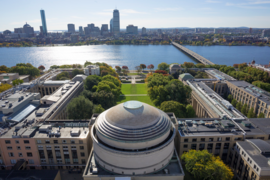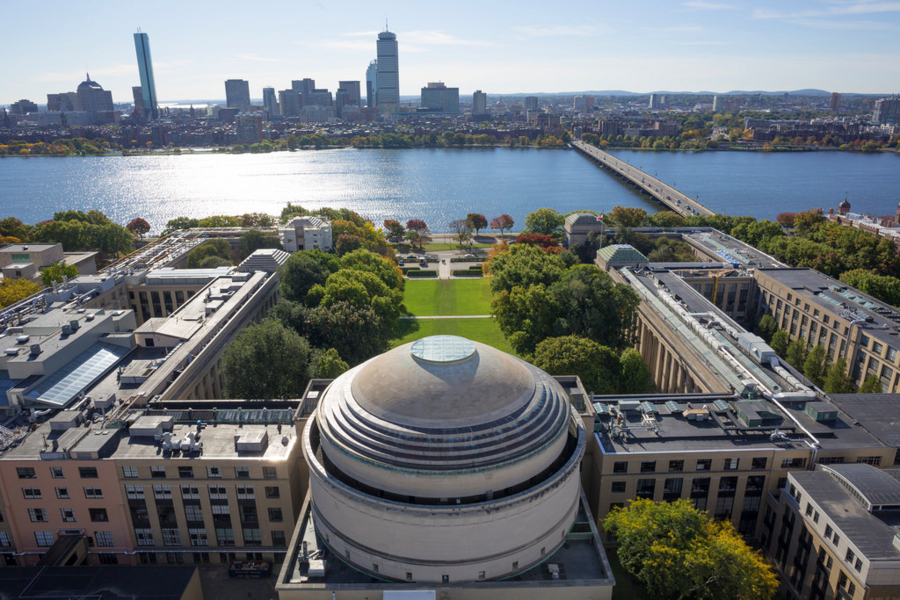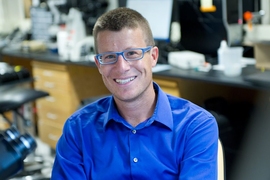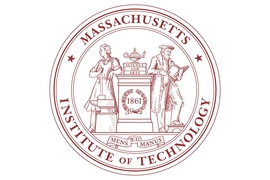On Tuesday, March 31, MIT students, faculty, staff, and administrators will gather for an interactive panel discussion about challenges in communication around climate change.
The event, titled “Getting Through on Global Warming: How to Rewire Climate Change Communication,” will be held from 4 to 5:30 p.m. in Room E51-115, and will be webcast live. It is the third of four open-forum spring events that are part of the MIT Climate Change Conversation, and the first to focus specifically on communication.
“It has become clear that a major bottleneck in the current inability to make progress in attacking climate change has to do with communication,” says Roman Stocker, an associate professor of civil and environmental engineering and chair of the Committee on the MIT Climate Change Conversation. “The input we obtained from the MIT community identified this topic as a priority and highlighted the need for better communication at multiple levels.”
Tuesday’s conversation will center on perceptions about climate change, how the subject is discussed, and how changes to the way it’s discussed could inspire action.
“There’s a consensus that this is a serious issue, that the climate change threat is significant, but there’s a lot of inattention, or apathy, or division around this topic in general,” says Anne Slinn, the executive director for research at the MIT Center for Global Change Science and a member of the Committee on the MIT Climate Change Conversation. “Really what we’re looking at is: What can MIT as an institution do? How can we advance the level of discussion around this topic, locally and nationwide?”
The event will feature a panel discussion followed by a discussion with the audience, wherein participants can ask questions of panelists and give input via email or text message.
Panelists at the Tuesday event will include MIT professors Kerry Emmanuel (Department of Earth, Atmospheric and Planetary Sciences), Judy Layzer (Department of Urban Studies and Planning), Tom Levenson (Comparative Media Studies / Writing), and Drazen Prelec (MIT Sloan School of Management). Joining the conversation from outside the Institute are Chris Mooney, a journalist for who writes about global warming for the Washington Post, and Susan Hassol, director of the organization Climate Communication, which works with scientists and journalists to make climate science more accessible to the public. The discussion will be moderated by John Durant, director of the MIT Museum.
The committee encourages community members to submit questions and topics of discussion prior to the event by emailing climatechange@mit.edu. Participants can also send questions and comments via email and text message during the event.
From Tuesday’s event, the committee hopes that attendees leave with “an awareness, but also hope, in the sense that there is a way around the issue: If we recognize the problem, we can come up with solutions,” Slinn says. “Some [solutions] might be as easy as saying things in different ways — if we focus on things we have in common, as opposed to what pushes us apart.”











